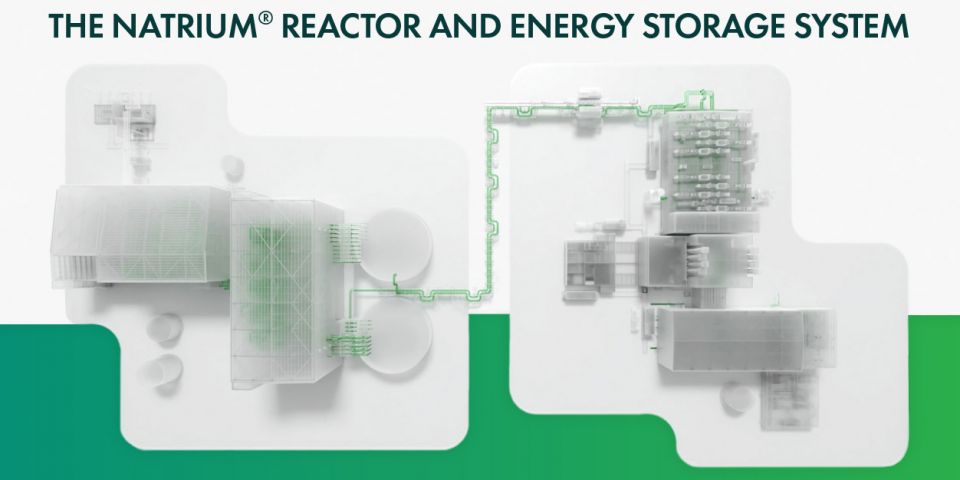RIPB safety case for TerraPower’s MCRE
Last month at the American Nuclear Society’s Risk-informed, Performance-based Principles and Policy Committee’s (RP3C’s) Community of Practice (CoP), Brandon Chisholm presented “Development of a Risk-Informed and Performance-Based Safety Case for TerraPower’s Molten Chloride Reactor Experiment (MCRE).” RP3C holds a CoP on the last Friday of the month from 3:00 p.m. to 4:00 p.m. (ET), and participation is open to all professionals interested in RIPB principles and practices. Chisholm’s January 26 presentation is available to stream on YouTube.









